
The work of Baltimore-based photographer Holly Burnham exists in some strange polyworld of art and commerce — the beauty and fashion industry strained from the lineage of classical portraiture.
Burnham’s photographs appear so simple — a model on a set. Makeup. Clothing. Lights. But her results go beyond their parts. She’s created a handful of masterworks that are simply beautiful portraits to rival some of today’s portraitists.
I have to admit, my knowledge of photography is shallow. I know printmaking and painting far better, but there’s something special about Burnham’s work that travels far beyond the fashion photography I run into on a daily basis. Burnham has a knack for making her portraits strike that rare balance of cinematic and natural yet otherworldly.
She chooses models like a director casts actors, and what she’s able to achieve has everlasting results. Her models become characters, each one of them alive, the ‘fashion and beauty’ tag out-grown. Burnham’s work stands alone.
After chatting with Holly I was surprised to find that she doesn’t make a living as a full-time photographer. She’s been able to find other roles within the industry, but I’d like to think that it’s only a matter of time before she’s able to focus full-time on her portrait work and show us more of her world.
ET: As the photographer, you act as director and producer – bringing the shoot together and making it work. When there are so many elements at play from make up, clothes, lighting, models, and the set, are sketching or outlining exactly what you want the final images to be? How much of the end product is planned? Is there room for much spontaneity?
HB: I’m often pretty sure what I want to shoot and what I want the final images to look like. I do try to keep inspiration images for each shoot I have coming up but more so to stay on the same page with the rest of team than to organize my own thoughts.
But, with that being said, sometimes everything goes completely different than planned and it’s great. Those usually end up being the best ones actually.
Looking through your work there seems to be a model type that you work with. You use Clara Rae and Spencer Tylar Hare quite a bit; both share a similar facial structure. How important is the model to the shoot? As the photographer is it your job to make any model work?
Without having put too much thought into this before I would say I just like to shoot people I find beautiful and interesting. But when I think of the most important thing in a model for me personally it would be someone that can show a wide range of emotion.
Clara Rae is one of the strongest models I’ve worked with in that regard and that’s why she’s one of my favorites!
I’ve seen other photographer’s images of Clara Rae and she’s able to bring something new to each shoot. It’s a pretty phenomenal skill she has.
There’s a depth to what you do that just hits me right – a sense of strange narrative exists. You’ve done fashion and beauty editorial work for magazines like Elegant, Glassbook, and Lucy’s, but the photos don’t feel like beauty and fashion work – they’re just gorgeous pieces. How do you approach the balance of displaying a product and creating a beautiful shot?
I really just try to convey the story I started within my head for that particular shoot. I do try to keep in mind when I’m working with a team that I need to get shots that will feature everyone’s work and the pieces we pulled from designers.
If it’s something like a lookbook for a brand or boutique, the clothing or product is the priority of the shot and everything else has to fall in line with that really.
You mentioned that you don’t make a living as a photographer. From your work, I’m surprised to hear that. What are you doing for work? How are you finding the free time to fit in unpaid shoots with your paid work?
Haha, yeah I’m still not really sure! I’m kind of an obsessive person. I guess it’s possible to make time for anything you really want to do. I work as a hairstylist part-time. I also work for another photographer, retouching mainly.
That’s so crazy to me, here you are – this incredible photographer working behind the scenes.
Most of your work is on a controlled set. What attracts you to that setting rather than shooting on locations?
Well, it’s not that I’m so much more attracted to it more. It’s just easier often because I have a studio of my own and the wardrobe and makeup changes are sooo much easier there. I do love locations, outdoor and indoor, and really do hope to experiment with them more. Especially now that the weather is nice.
Do you use a consistent setup for shoots? Same camera, lights, etc.?
I’m using the same equipment, but quite different arrangements for them depending on what I’m doing. One day I hope to afford more equipment but I work with what I have for now!
For traditional illustrators, there are different pens that have varying weights, tips, ink flow — so many variables to change around. I’m not too familiar with cameras and the technical side of it, but I was curious if you have different cameras that you use for specific shoots?
Would you ever use an iPhone camera or simple point and shoot for any real work? Do you see those as legitimate tools?
No. I basically only use the same camera because that’s all I have. I used to shoot with some old instant and film cameras as well but retouching has become such a big part of my work that I kind of lost interest in that. Plus film is crazy expensive!
I personally have never used an iPhone camera to take what I would consider a legit piece of my work but I don’t have any judgments on people that do. It’s really about what you capture, there are some epic photos out there that were taken with phones.
I take lots of photos of my daughter and stuff on my phone and the little apps are actually pretty fun to make adjustments with! But yeah, I can’t picture breaking out my phone at a shoot!! Like, ‘Ok, this is what I’ll be shooting you with today.’
Sometimes when I look at a photograph I find that I stop and consider what part each person plays – the photographer controls the camera, lighting, and to some extent the environment. But the model controls their body, the figure, without the model we’d have a landscape. A still life.
The photographer and their subject have a unique relationship. One almost can’t do their job without the other. What do you think makes a photograph successful?
For me, I would say there had to be emotion coming from something. When I look at others’ work or my own. Just something that makes you feel something. Otherwise, it’s boring to me personally.
I have shot with models before that don’t change their expression much and the photos weren’t very successful in my opinion. The makeup, styling, and a dramatic shot can certainly help balance things but emotion is important to me.
Being a photographer based in Baltimore, that’s an interesting choice of cities. You’re close to New York City, closer at least than you would be in the Midwest.
Are you mostly getting hired by clients in Baltimore or are you finding work outside of the area? Are most of your models local?
Yeah! Baltimore is pretty great though. I mean, it’s where I’m from so I’m still here for now. It’s a pretty short bus ride to New York and while I’ve still not been there are lots of really amazing people who have come here to work with me! Which is amazing and extremely humbling.
When you’re out shooting just for yourself is there a change stylistically from what you do for work? Do you approach personal work differently?
Almost all the work I do is personal. I’ve taken some hired work for my photography before and I was shooting things so outside what I enjoy that it didn’t interest me and I felt like it showed in the finished product. It’s hard to make your passion your job. It kind of ruins it.
But with that being said, I have some jobs coming up that will just involve me doing my own thing so that’s very exciting!
For more of Holly Burnham’s work visit these handy links –
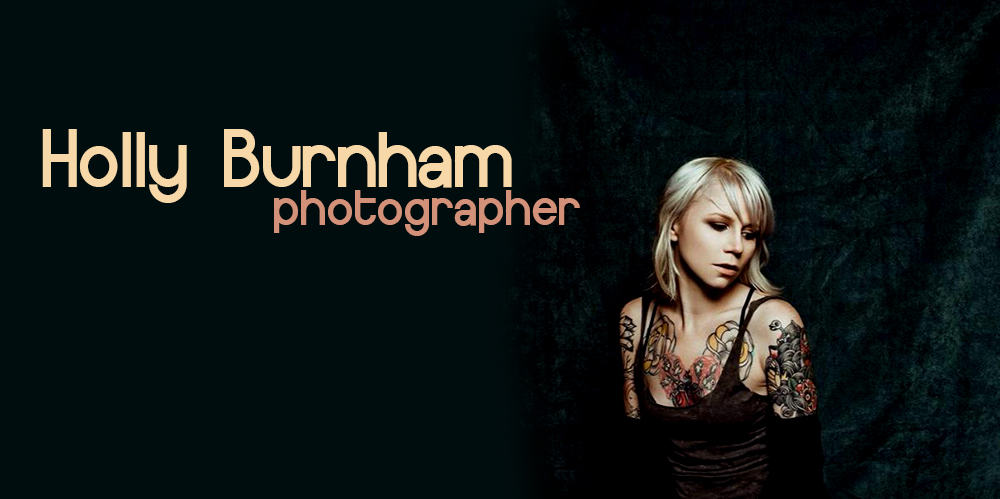
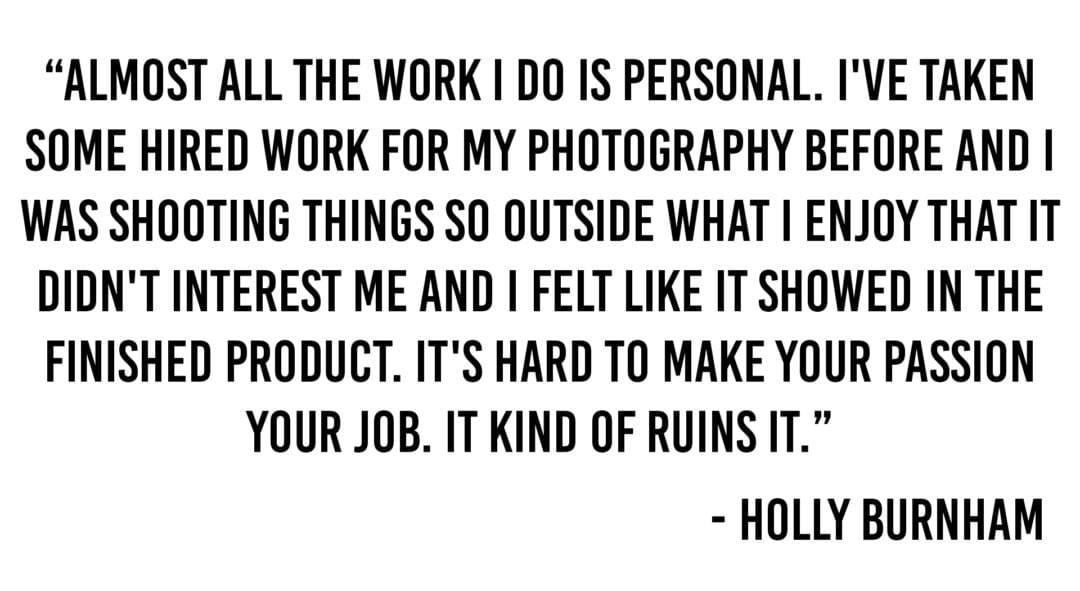
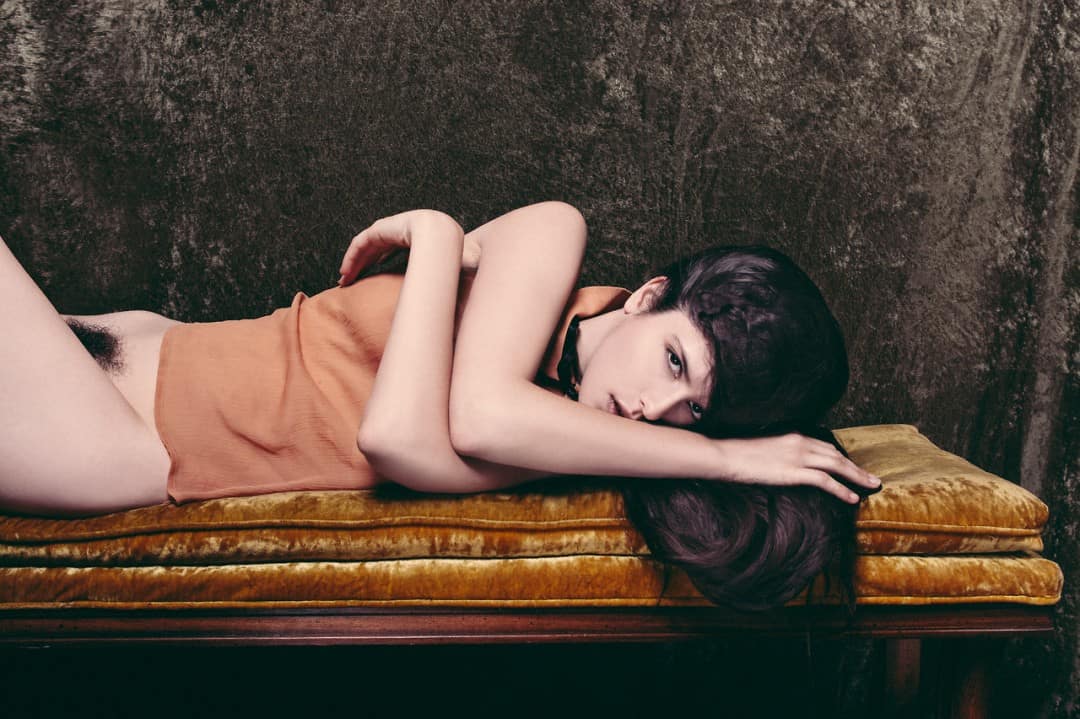
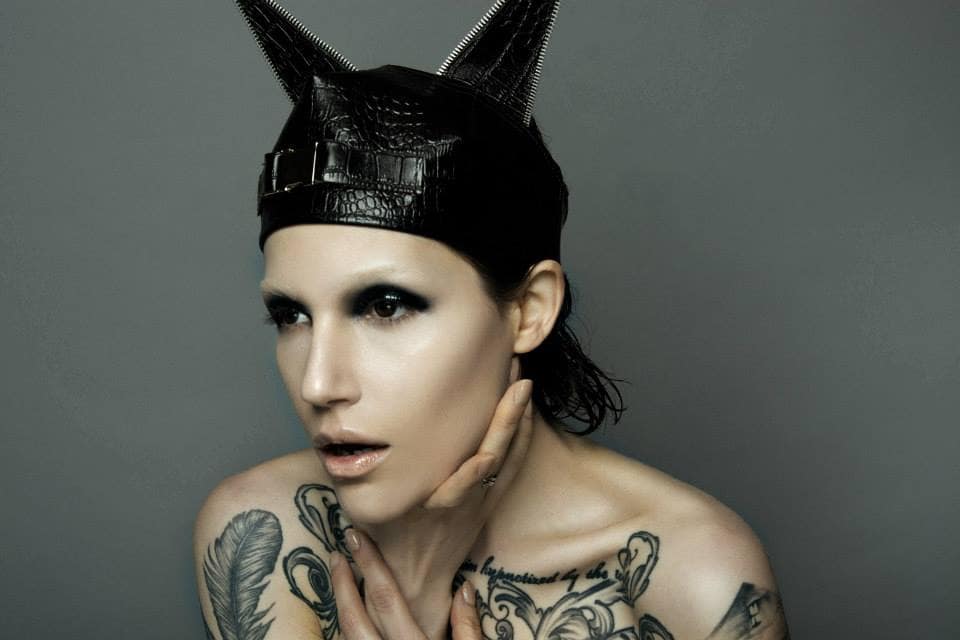

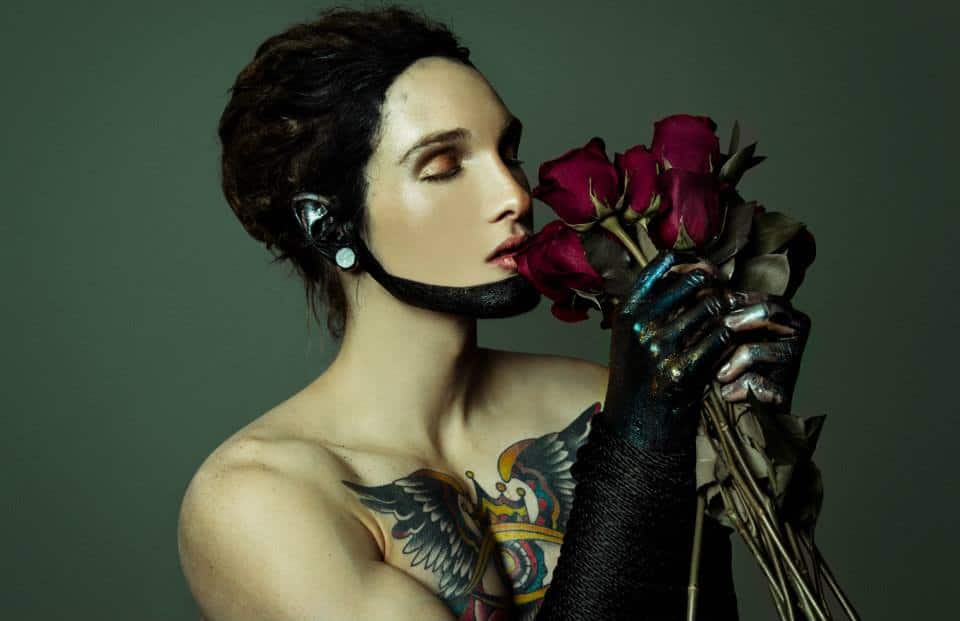
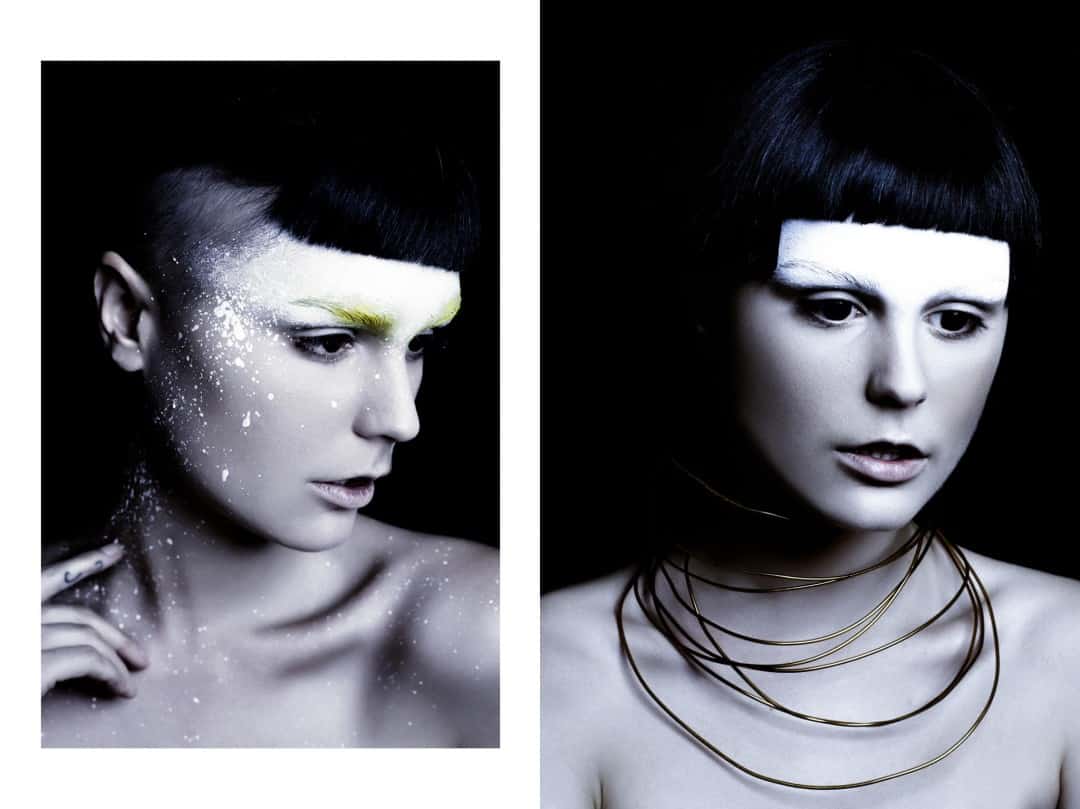
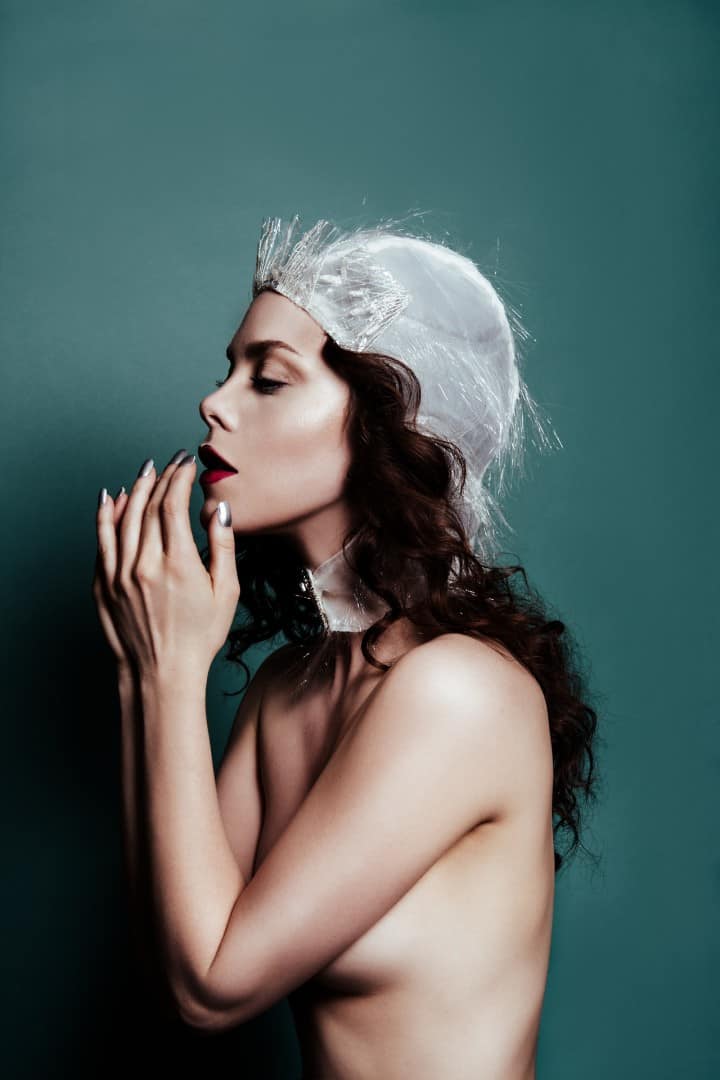
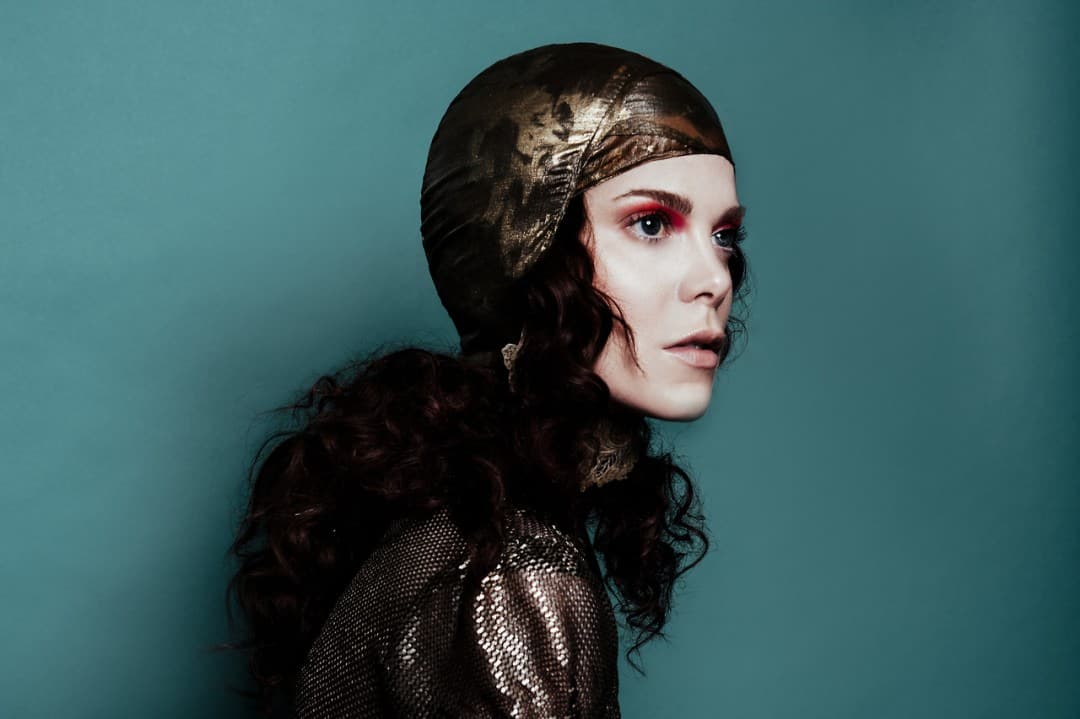
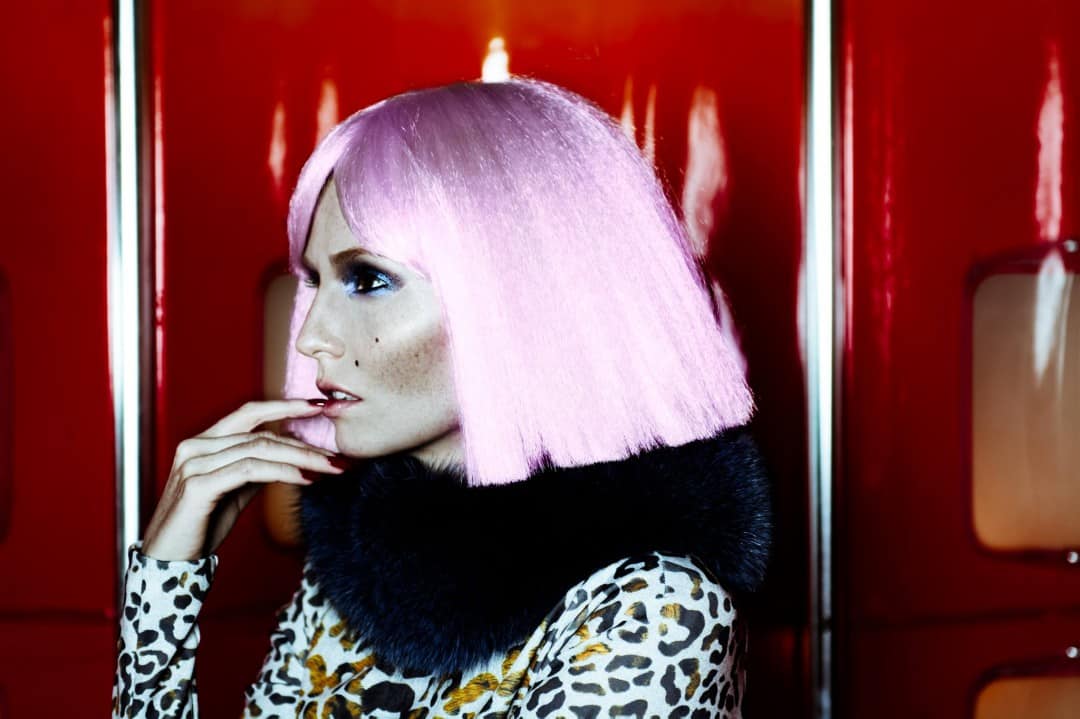
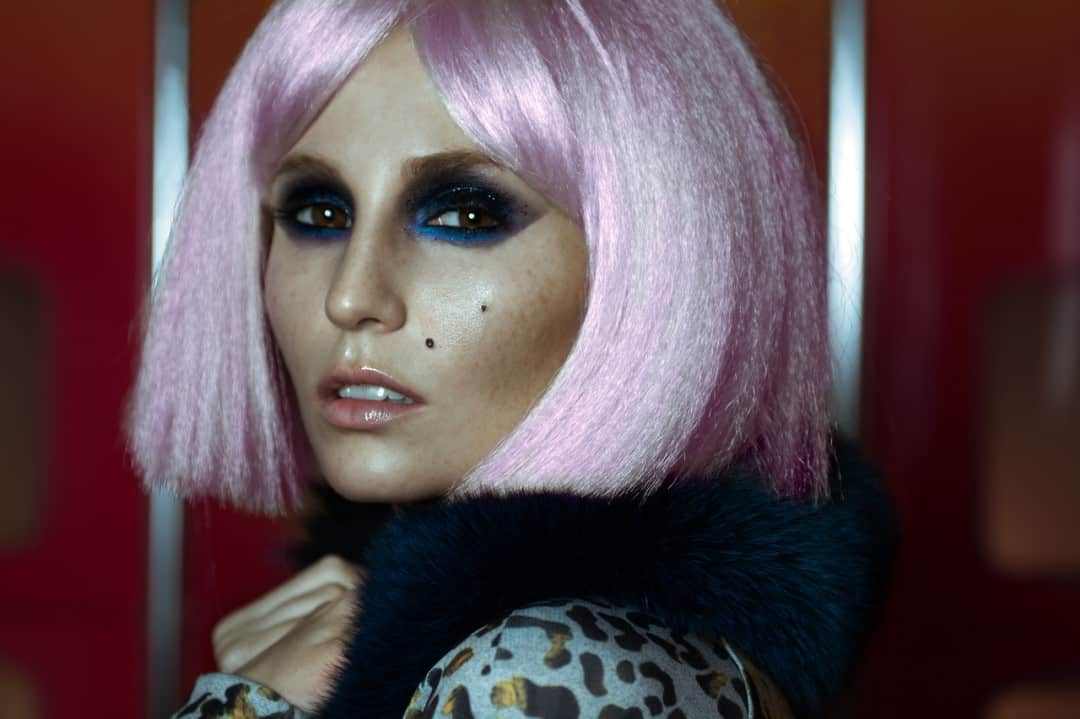
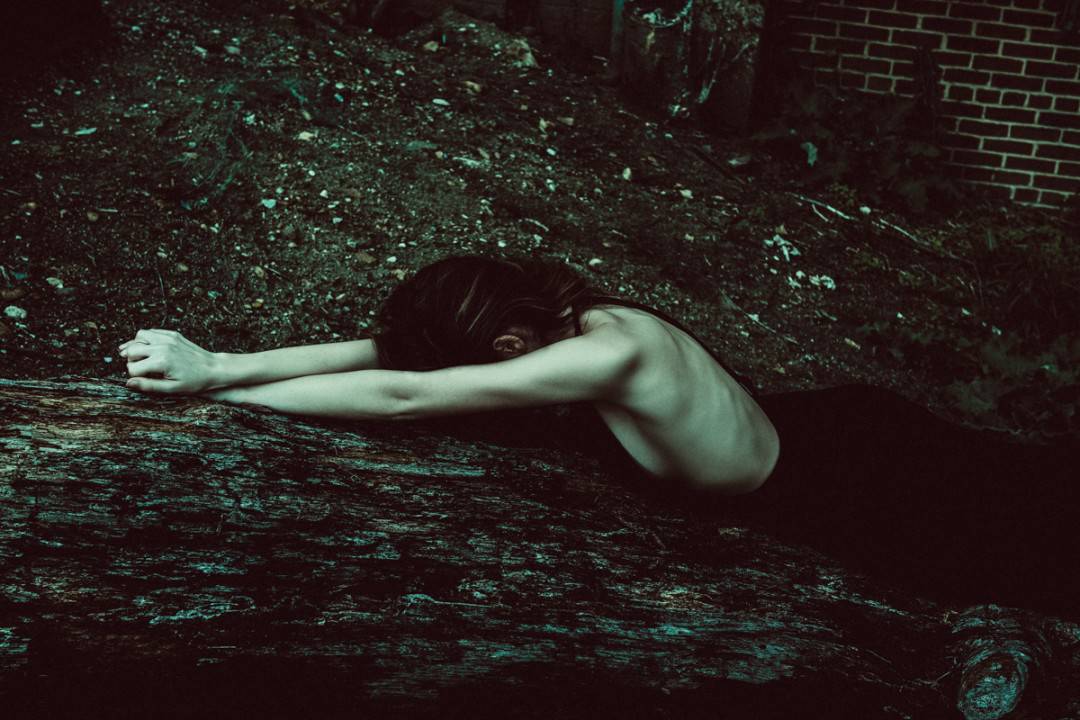
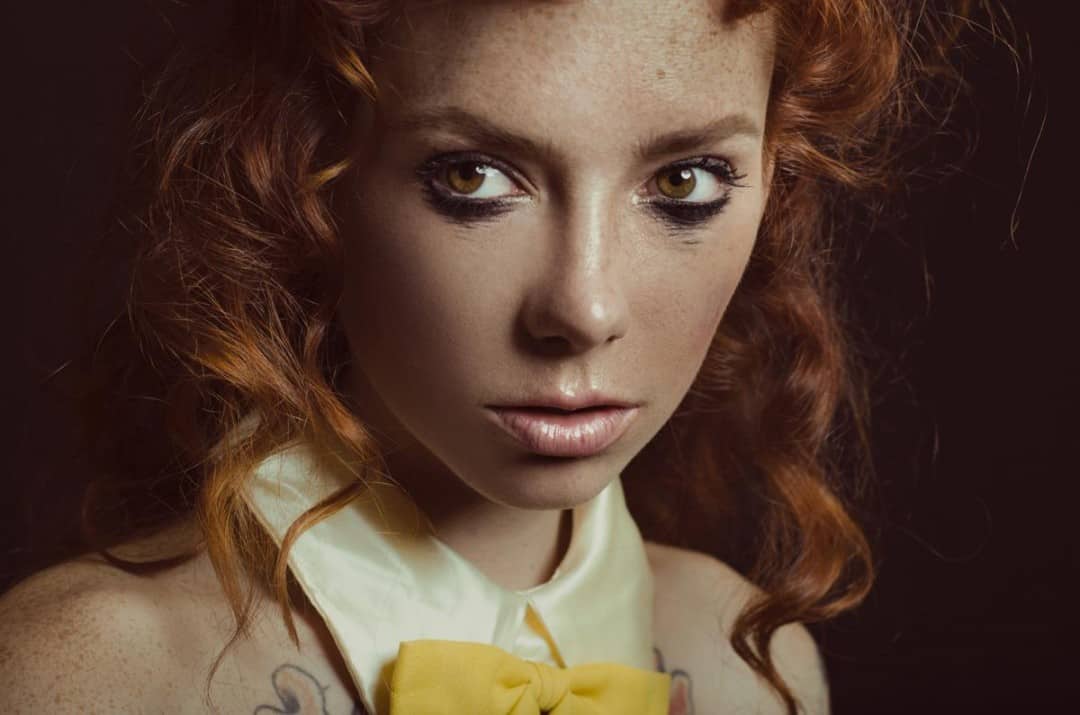

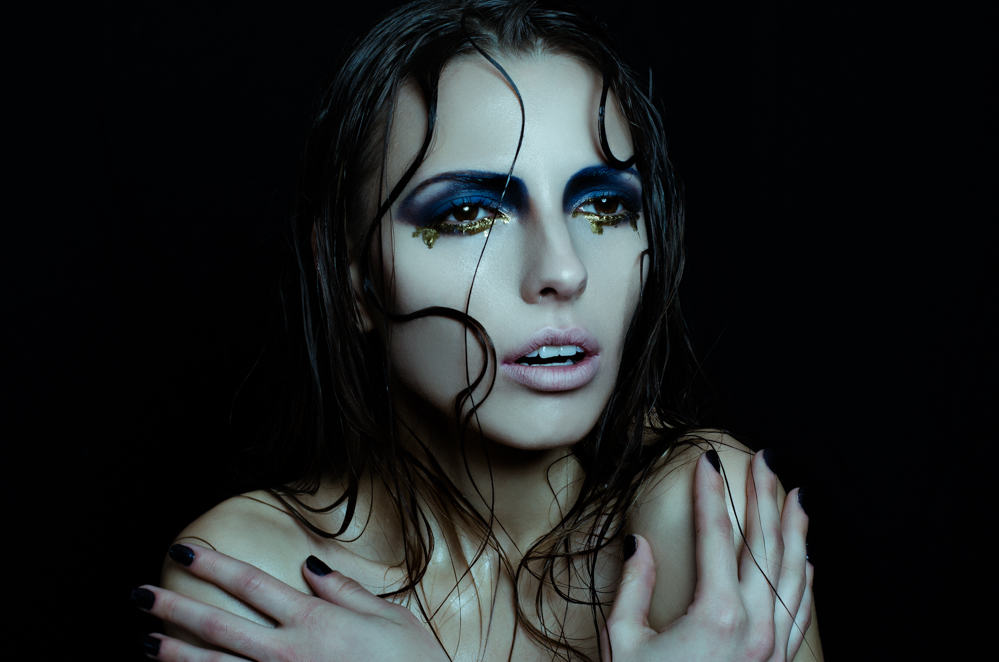
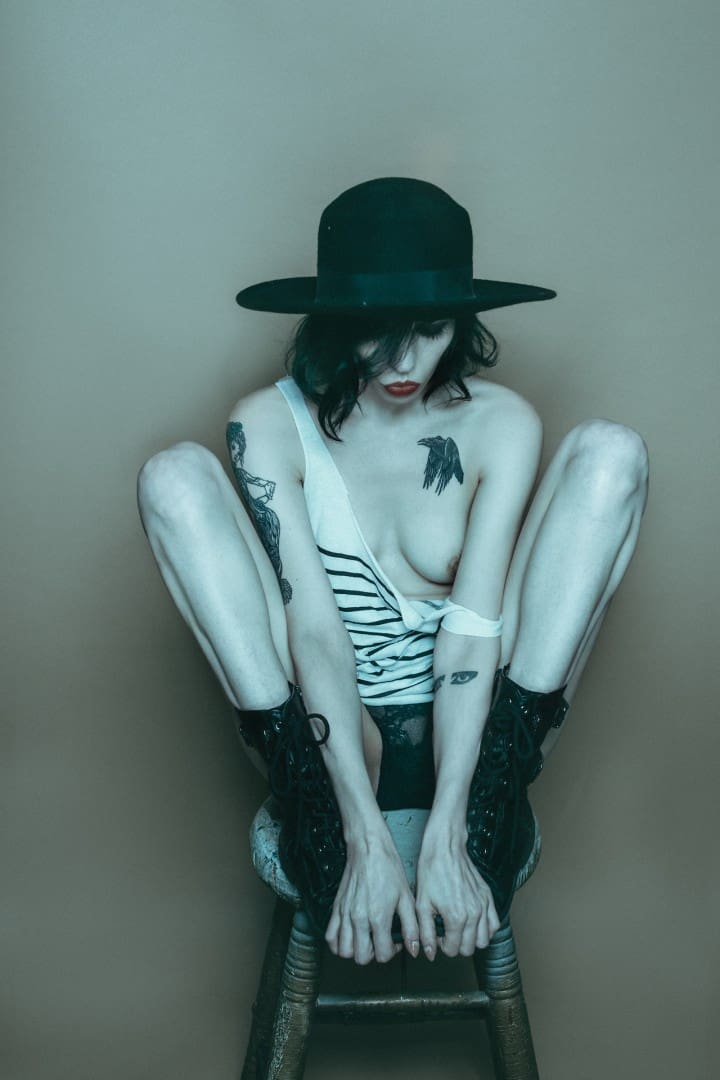
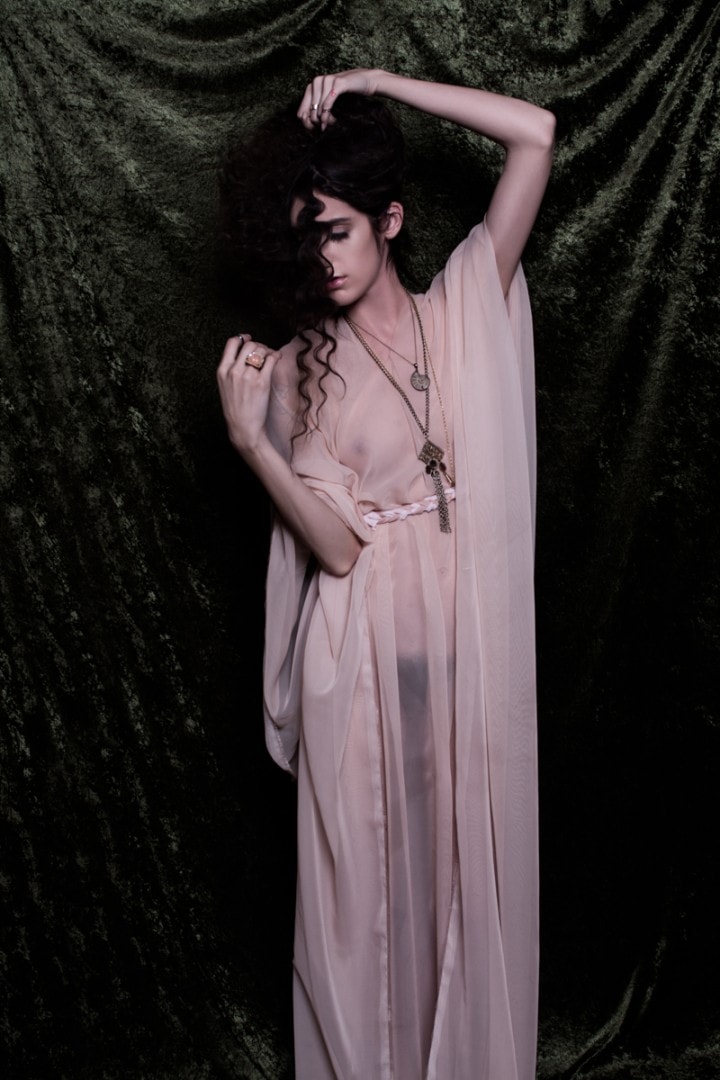
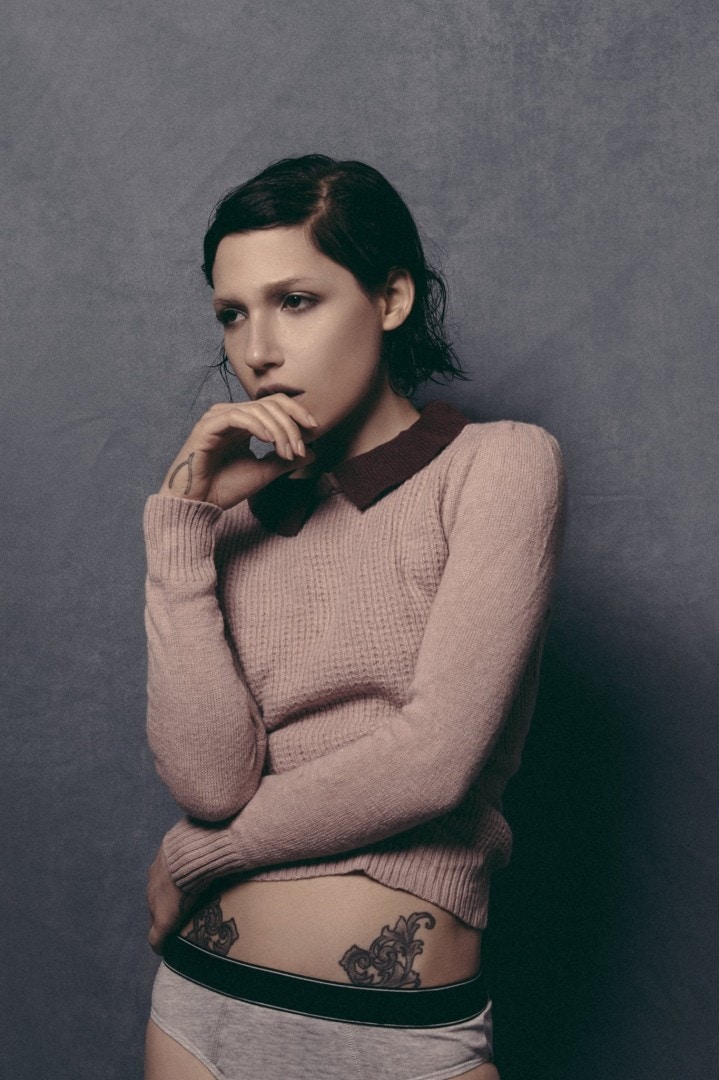
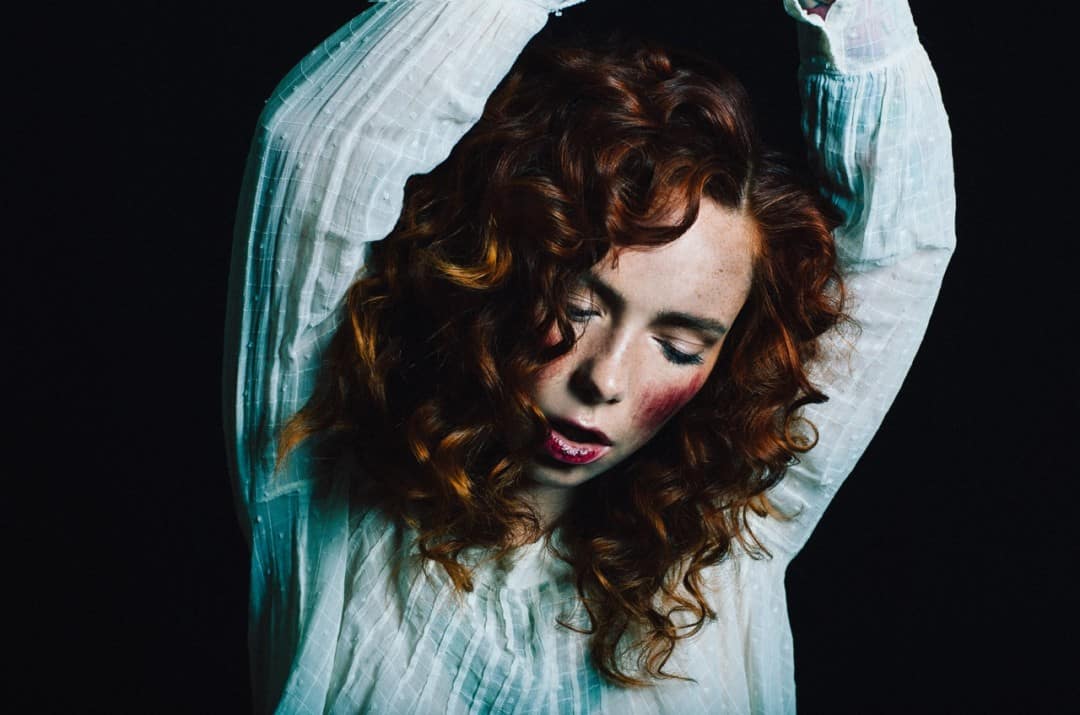
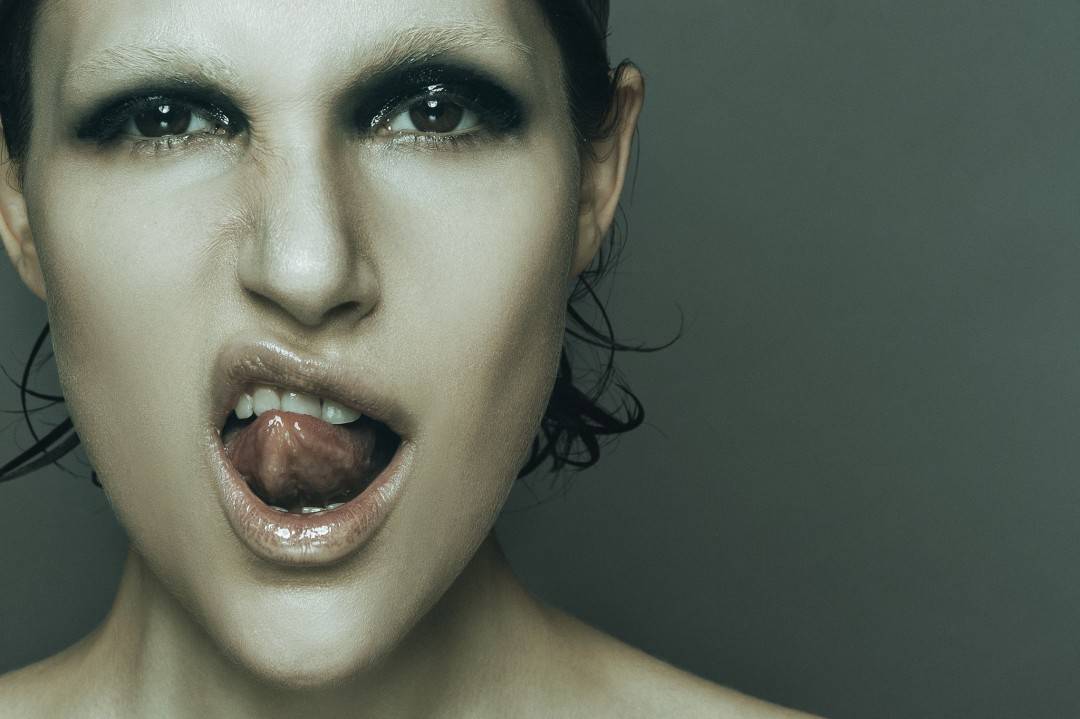
I’m definitely a new fan of Holly Burnham’s work!
She’s also incredibly cool. Happy to see more people get their eyeballs on her work!